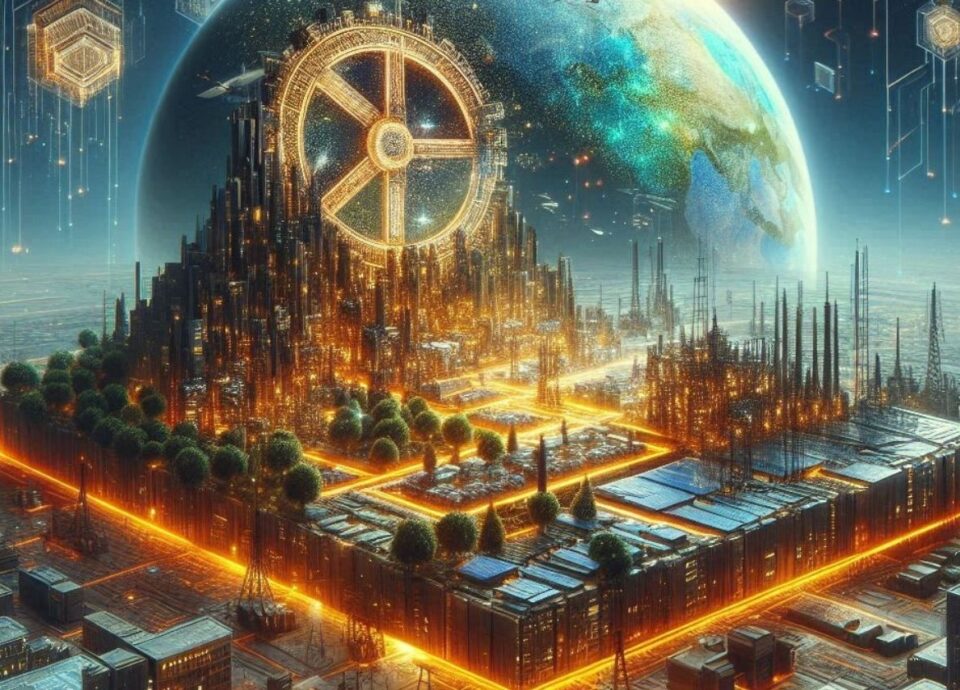In today’s rapidly evolving world, the concept of a “Green Transition” has emerged as a powerful movement to reshape our relationship with the environment. As climate change accelerates, resource depletion intensifies, and pollution becomes increasingly problematic, the need for sustainable development has never been more urgent. The Green Transition is not just a trend — it’s a critical transformation that aims to reduce our environmental footprint, shift to renewable energy sources, and promote eco-conscious practices across industries and communities.
What is the Green Transition?
The Green Transition refers to the broad societal shift from traditional, carbon-intensive systems toward sustainable, low-emission, and environmentally friendly alternatives. This includes transitioning from fossil fuels to renewable energy, adopting circular economy models, implementing sustainable agriculture, and redesigning urban spaces for energy efficiency and resilience.
It’s a holistic approach that integrates technology, policy, and behavior change to create a future where economic growth and environmental preservation go hand in hand.
Key Pillars of the Green Transition
- Clean Energy Adoption
At the heart of the Green Transition is the move to clean, renewable energy sources like solar, wind, hydro, and geothermal. These alternatives offer a sustainable solution to the global energy crisis and help reduce greenhouse gas emissions significantly. - Sustainable Mobility
The transportation sector is a major contributor to global emissions. The shift to electric vehicles, public transit, cycling infrastructure, and smart mobility solutions is essential for a greener future. These changes reduce air pollution and improve urban livability. - Energy-Efficient Infrastructure
Smart buildings, green architecture, and energy-efficient construction techniques are transforming the way we live and work. From smart lighting systems to integrated HVAC solutions, technology is playing a major role in reducing energy consumption. - Circular Economy and Waste Management
Moving from a “take-make-dispose” economy to a circular one helps minimize waste and keeps materials in use longer. Recycling, upcycling, and rethinking product design are essential for reducing our environmental impact. - Green Innovation and Technology
Advancements in clean technology, robotics, AI, and industrial automation are making it possible to achieve sustainability goals faster and more effectively. These innovations enable industries to operate more efficiently while minimizing harm to the planet.
Why the Green Transition Matters
The consequences of inaction are dire — rising sea levels, extreme weather events, ecosystem collapse, and widespread health issues. The Green Transition not only addresses these risks but also presents enormous economic opportunities. Green industries are creating new jobs, driving innovation, and improving quality of life around the world.
For businesses, investing in sustainability builds trust, meets regulatory requirements, and opens doors to new markets. For governments, it’s a chance to lead with progressive policies that benefit both the environment and the economy. For individuals, it’s an invitation to live more consciously and responsibly.
Conclusion
The Green Transition is not a choice — it’s a necessity. As we stand at the crossroads of environmental urgency and technological possibility, embracing green solutions is our best path forward. Whether you’re a policymaker, business leader, or global citizen, the time to act is now. Together, we can build a sustainable future for generations to come.




